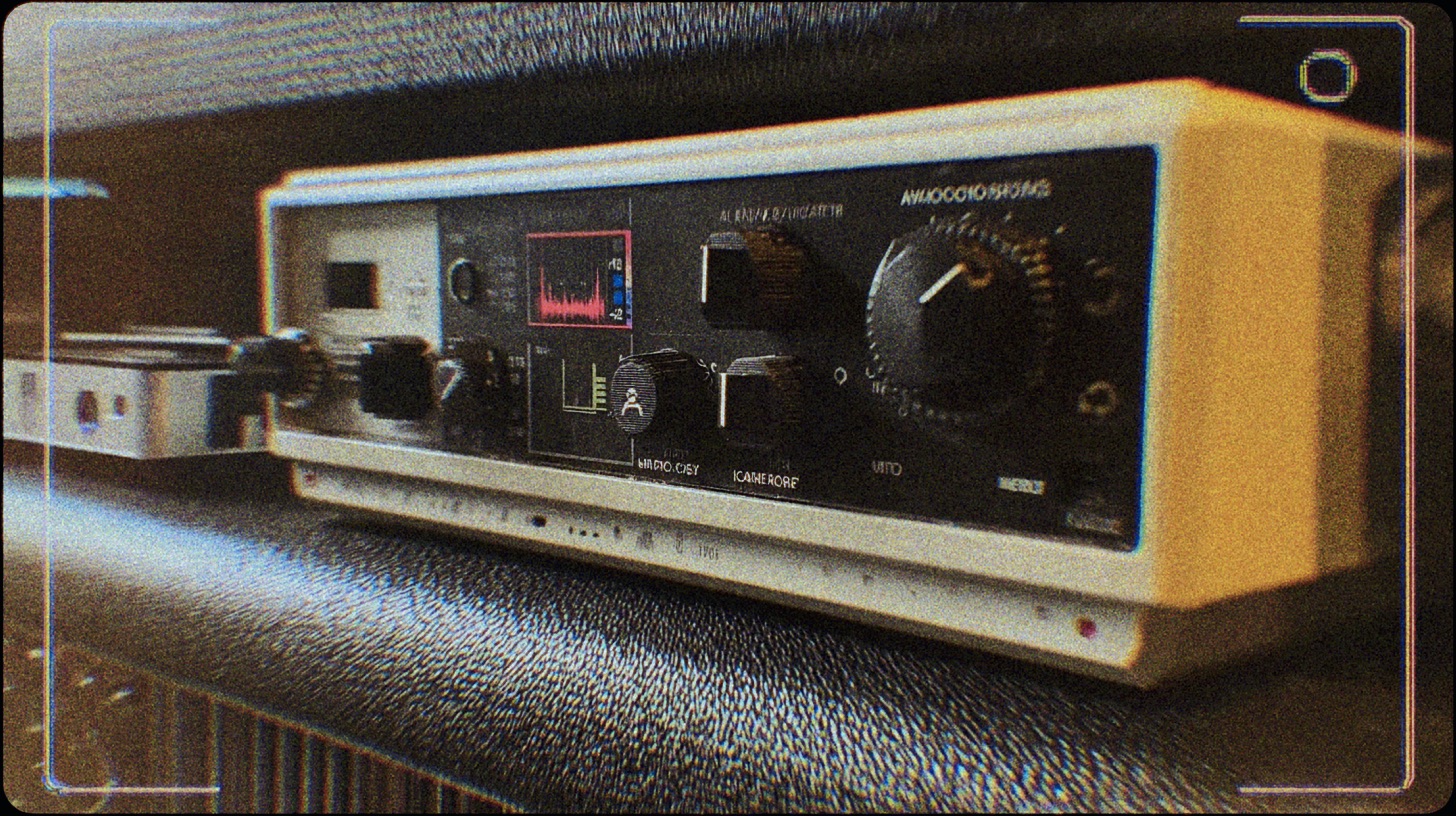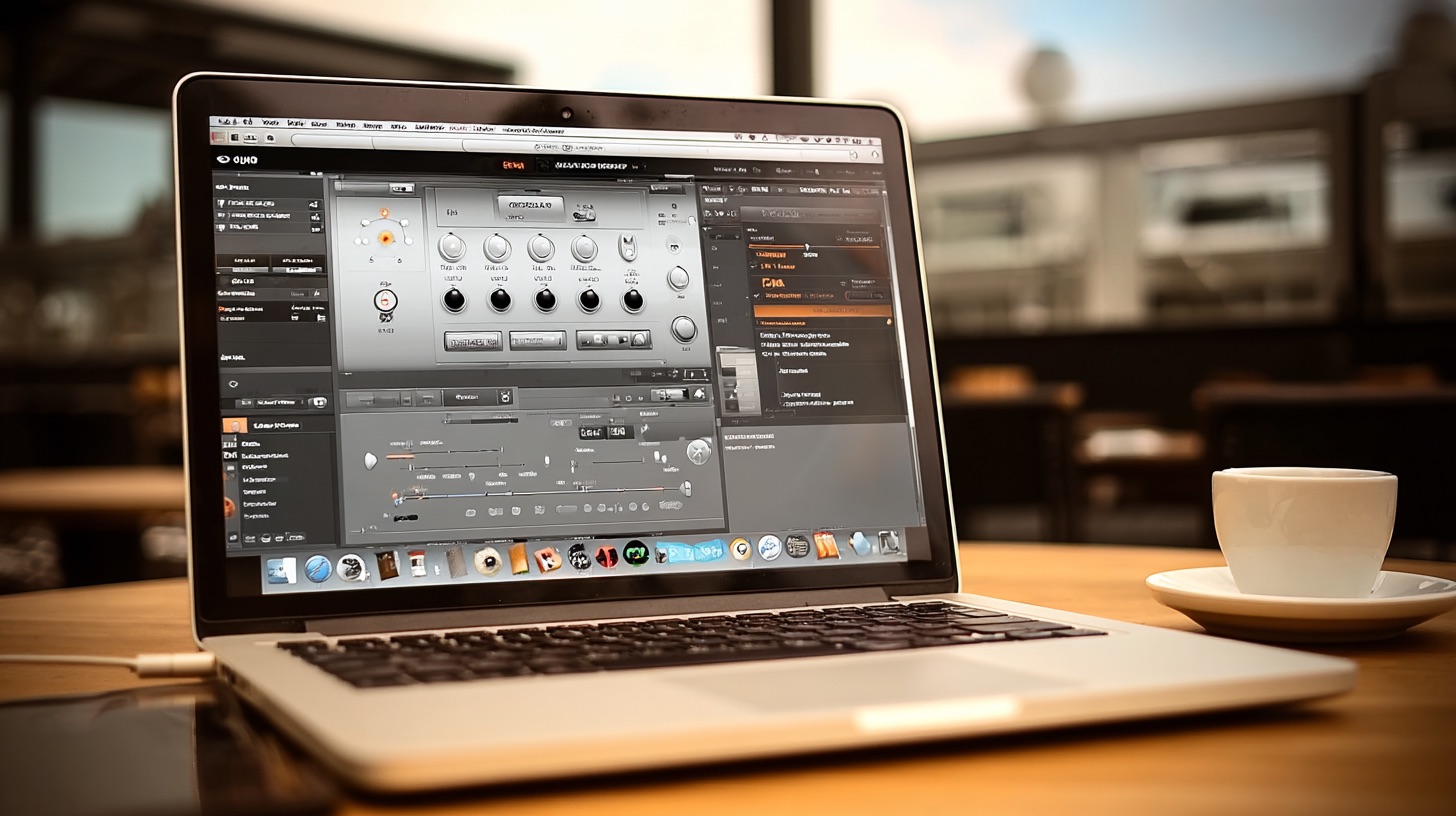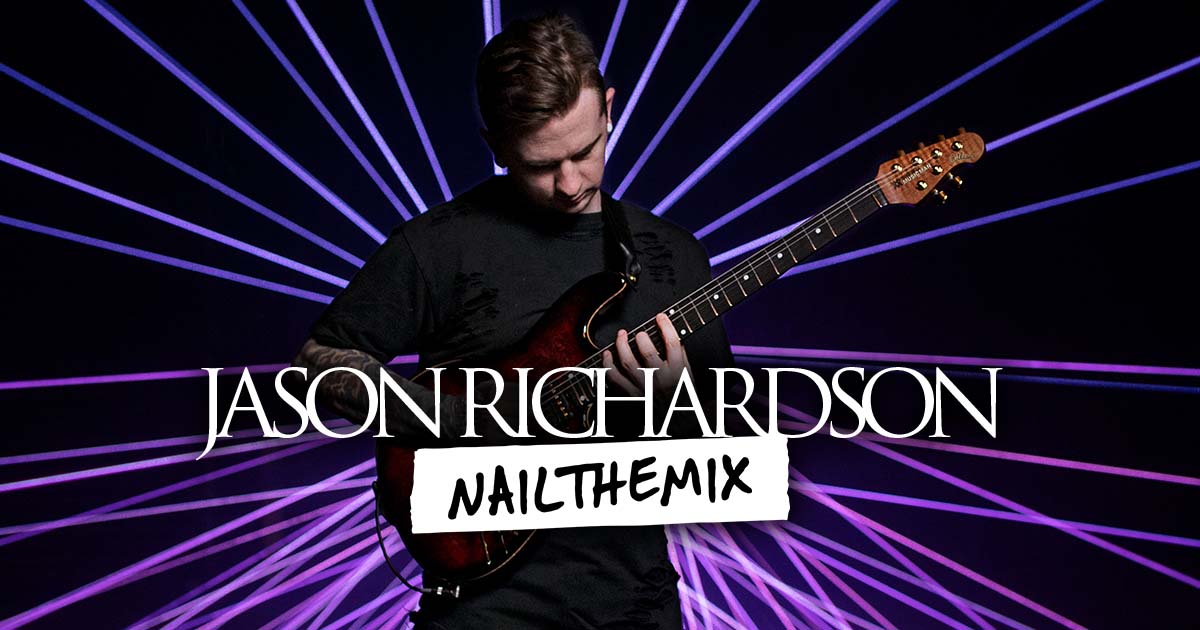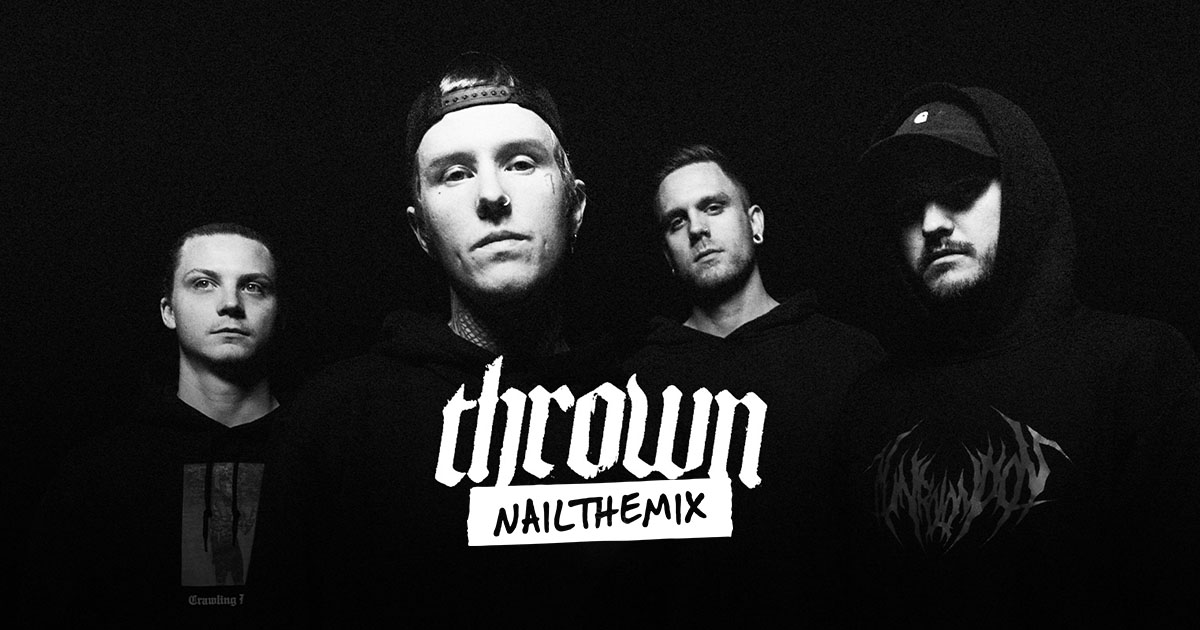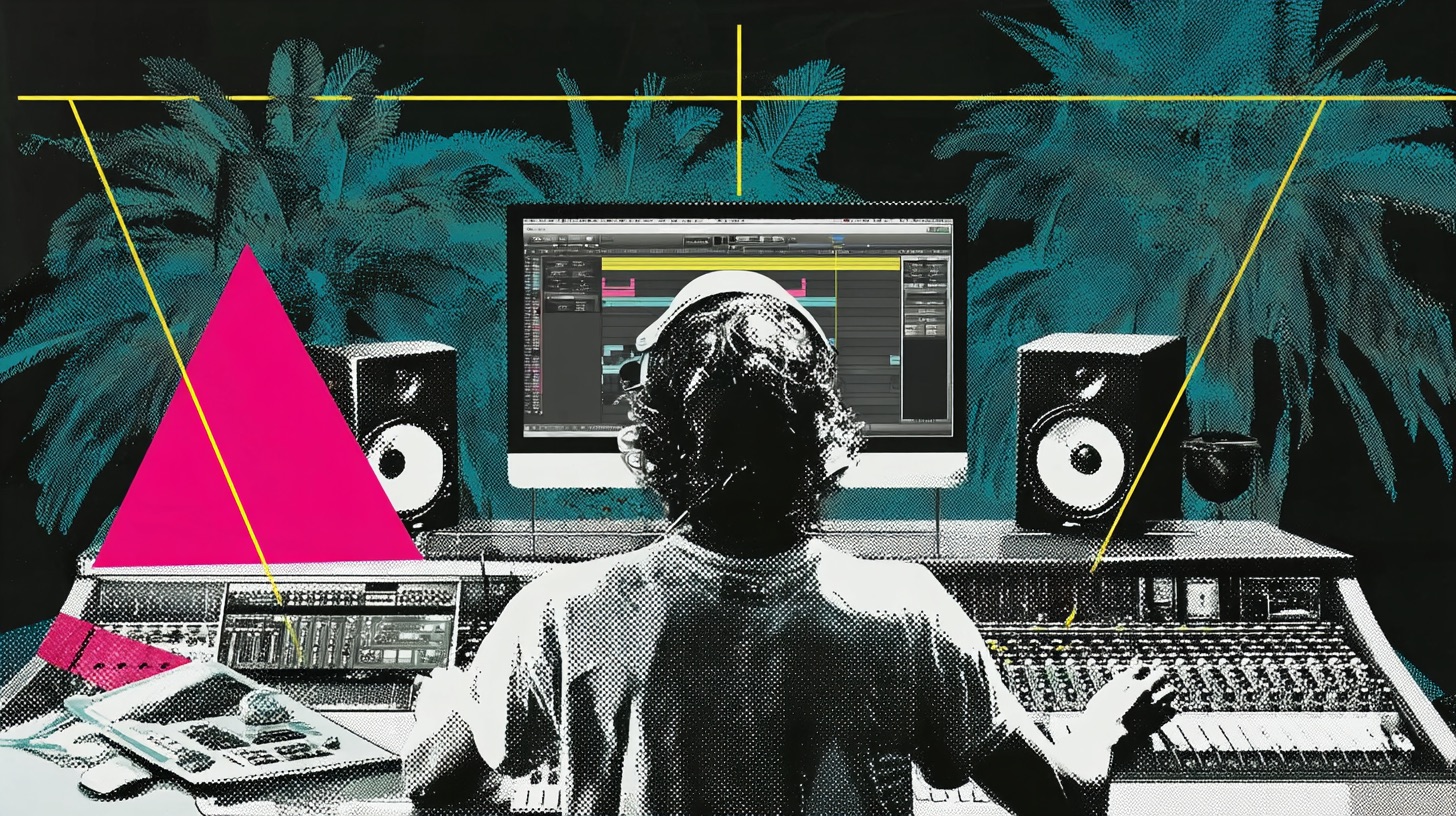
Kontakt VST: The Ultimate Sampler for Metal Production?
Nail The Mix Staff
If you’ve spent any time in metal production forums or watched a “how-to” video on YouTube, you’ve heard the name: Kontakt. It seems like every huge-sounding drum track or perfectly articulate bass line is powered by a Kontakt VST instrument.
But what the hell is it? Is it a magic plugin that instantly makes your music sound professional? And more importantly, do you actually need it to get a killer mix?
Let’s cut through the hype. Kontakt is an incredibly powerful tool, but like any drum software, it’s only as good as the person using it. Here’s the real-world breakdown of what the Kontakt VST is, why it’s so dominant in metal, and how to think about it in your own workflow.
What Exactly is the Kontakt VST?
First, let’s clear up a common misconception. Kontakt isn’t one specific instrument. It’s a sampler engine. Think of it as a host or a player—like a video game console—that runs other, highly detailed sample libraries (the games).
You can buy the full version of Kontakt, which lets you use any compatible library and build your own instruments, or you can use the free Kontakt Player, which only runs specific, licensed libraries.
The power isn’t just in playing back a .wav file. It’s in the sophisticated scripting that allows for insane realism. We’re talking multiple velocity layers, round-robin sampling (so your snare doesn’t sound like a machine gun, fixing one of the biggest problems with modern metal drums), and complex articulation maps for everything from cymbal chokes to bass slides.
Why Every Metal Producer Knows About Kontakt
So, why is this sampler the undisputed king in the world of heavy music? Because for certain tasks, it’s simply the best tool for the job. The sheer quality and variety of third-party libraries available for it are unmatched.
The Go-To for Drums
This is Kontakt’s bread and butter. Before libraries like these, getting realistic programmed drums was a nightmare. Now, you can load up a kit that was tracked in a world-class studio by a top-tier engineer and have it at your fingertips.
Popular Libraries:
- GetGood Drums (GGD): Libraries like Modern & Massive or the P V Matt Halpern Signature Pack are practically synonymous with modern metal drum sounds. They’re punchy, processed, and designed to cut through dense guitar mixes right out of the box.
- Solemn Tones: Known for monstrous-sounding kits like the Tomás Haake (Meshuggah) Signature Kit, these libraries deliver very specific, genre-defining sounds.
These libraries are so popular because they solve a huge problem: getting a professional, “mix-ready” drum sound. But even then, making realistic Kontakt drums requires skill to avoid a robotic performance.
Killer Bass Tones Out of the Box
DI bass is essential in metal, but getting a raw DI signal to sound aggressive, consistent, and clear is a challenge for all different types of bass. Kontakt bass libraries have become the go-to solution.
Popular Libraries:
- Submission Audio: Their libraries like Eurobass II and Djinnbass are famous for that percussive, clanky, perfectly consistent bass tone you hear all over modern metalcore and djent. They’re meticulously sampled to capture every nuance of a hard-picked performance.
- Impact Soundworks: Shreddage 3 Bass offers a ton of flexibility, allowing you to dial in everything from a vintage P-bass vibe to a fuzzed-out stoner rock monster.
Orchestral and Synth Layers
Beyond the core rhythm section, Kontakt is a beast for adding cinematic and atmospheric layers to your tracks. Need a haunting string section for an intro, like something you’d hear in an orchestral metal master class? A sub-drop that shakes the foundation? An eerie piano? There are thousands of libraries for that, making it a composer’s dream.
The Good, The Bad, and The CPU-Hungry
Kontakt is a beast, but it’s a demanding one. It’s not a perfect solution for everyone, and it’s crucial to understand the trade-offs.
Pro: The Unmatched Ecosystem and Realism
The single biggest advantage is choice. Whatever sound you’re hearing in your head, there’s probably a Kontakt library for it. This vast ecosystem means you can always find the right tool for a very specific job.
The depth of sampling is what sets pro libraries apart. We’re talking dozens of samples for a single snare hit (center, edge, rimshot) at multiple velocities, with multiple round-robins for each. This is what fools the ear into thinking it’s a real performance.
Con: The Performance Hit
Running multiple instances of complex Kontakt libraries can bring even a powerful computer to its knees. All those high-quality samples have to be loaded into RAM, and the scripting uses CPU. It’s not uncommon for a full drum kit and bass instance to eat up several gigabytes of RAM.
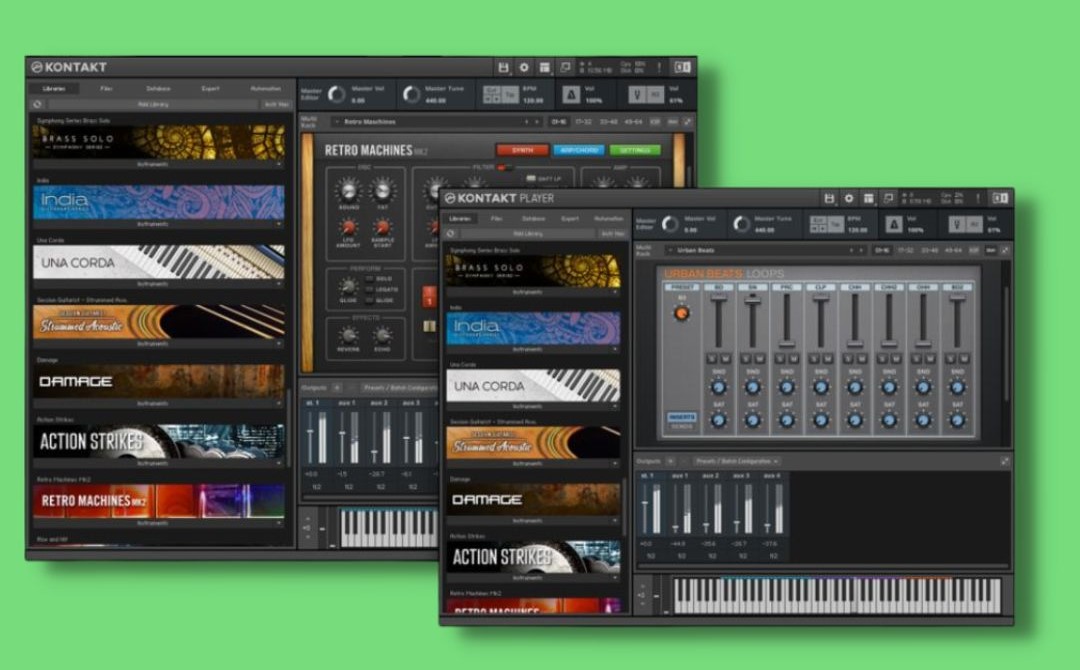
Quick Optimization Tips
- Use an SSD: Loading samples from a Solid State Drive is massively faster than a traditional hard drive. This is non-negotiable for serious use.
- Purge Samples: Most libraries have a “Purge” function. This clears all samples from RAM and only reloads the specific ones you actually use in your MIDI performance.
- Bounce to Audio: Once you’re happy with a part, freeze the track or bounce it to an audio file. This frees up all the CPU and RAM that the plugin was using.
Con: The Cost and Complexity
Kontakt itself costs money, and the high-end libraries aren’t cheap either. This is the source of endless “plugin acquisition syndrome” (GAS) for many producers, who get caught up in the hype instead of mastering the VST plugins that are truly vital. Furthermore, the interface can be intimidating. Setting up multi-output routing to process your kick, snare, and cymbals on separate tracks in your DAW can be a clunky process if you’re new to it.
Does The Library Make The Mix?
This is the big question. You see your favorite producer using GGD, so you buy it, hoping it will transform your mixes. But then… nothing really changes. Why?
Because the library is just the raw ingredient.
A tool like Kontakt is where the difference between a good plugin and a bad one matters. You can’t get a GGD sound from a cheap 90s sound module. But once you have that quality ingredient, what you do with it is everything.
You could give ten producers the exact same Modern & Massive kit, and you’d get ten completely different drum mixes.
- One might use aggressive parallel compression to make the room mics huge.
- Another might use surgical EQ strategies to carve out space for the guitars.
- Someone else might use transient shapers and sample replacement to make the snare crack even harder.
- And that’s before even touching advanced metal compression secrets on the drum bus.

The library doesn’t make the mix—your skills and your decisions do. Getting bogged down buying 20 different drum libraries is a waste of time and money. Pick one or two, learn them inside and out, and focus on mastering the mixing techniques that bring them to life.
The Verdict: A Powerful Tool, Not a Magic Bullet
So, is the Kontakt VST essential? For getting specific, industry-standard sounds like modern metal drums and bass, it’s arguably the most efficient and effective tool on the market. It solves a specific problem beautifully.
But it will not magically fix your mixes. It’s a starting point. A high-quality source. The real art happens next, in the choices you make with EQ, compression, saturation, and automation.
Your unique sound doesn’t come from using a “secret” library nobody else has. It comes from filtering these amazing tools through your own taste and experience. It’s about how you shape the sound, not just where the sound came from.
Periphery on Nail The Mix
Nolly mixes "Prayer Position"
Get the Session
If you want to move beyond just loading up presets and truly learn how to shape these powerful tools, you have to see how the pros do it. Imagine watching the producer behind your favorite album take the same Kontakt library you own and transform it into a world-class sound, explaining every single plugin choice and mixing decision along the way. That’s what we do every month at Nail The Mix.
See for yourself how A-list producers unlock their sound and mix modern metal way beyond presets.
Get a new set of multi-tracks every month from a world-class artist, a livestream with the producer who mixed it, 100+ tutorials, our exclusive plugins and more
Get Started for $1
